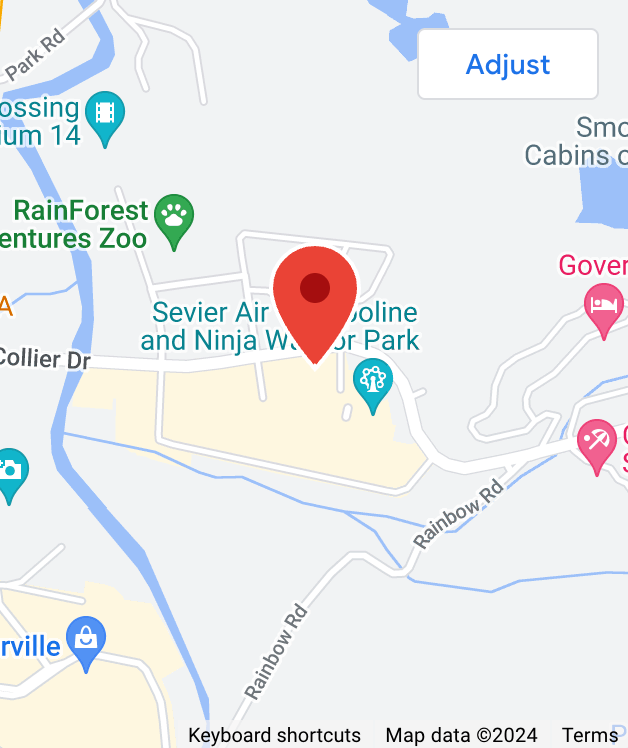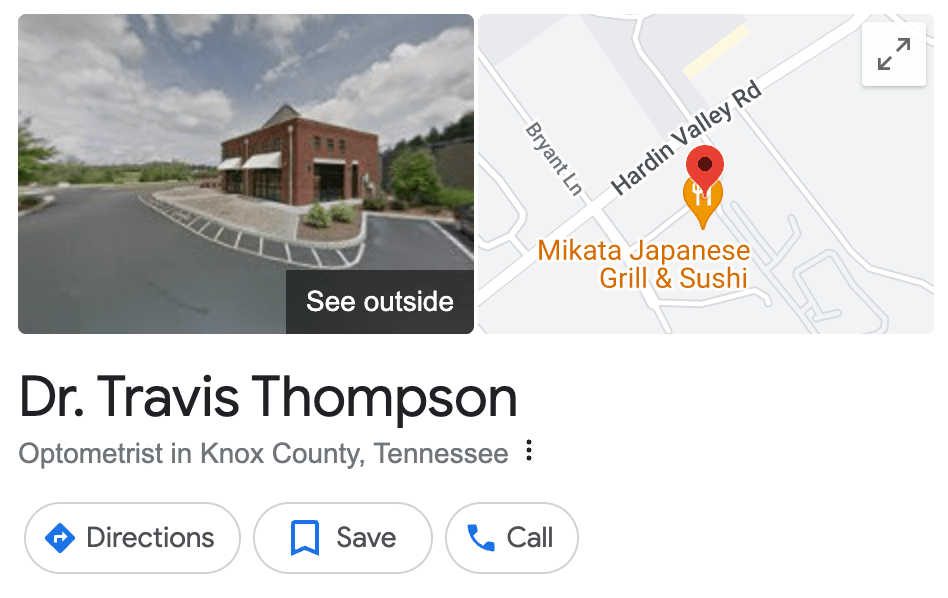- Healthcare marketing can address a negative public sentiment by providing genuinely helpful, patient-first articles.
- High-ranking web content needs to move beyond the usual health recommendations. Providers should share their personal expertise.
- Paid advertising strategies drive the best results when targeting specific patient demographics and locations.
Marketing for healthcare is unlike anything else. HIPAA compliance requirements close the door on many consumer tracking and retargeting strategies, and, with an industry reputation for high costs and long wait times, it’s increasingly difficult to win patient trust.
But with the right strategy, healthcare marketers can successfully navigate these challenges. Limitations on targeted advertising make search engine optimization (SEO) more important than ever. Organic traffic isn’t solicited, and it doesn’t rely on cookies or other user tracking. Plus, a cohesive content strategy can promote a healthcare provider’s expertise and credentials, making them more credible to future patients.
From multi-million-dollar health systems to small-town dentists, here are four SEO tips for medical practices in 2024.
1. Be Genuinely Helpful
That might sound obvious — after all, what Hippocratic Oath-swearing healthcare provider wouldn’t want to help people? But from the patient’s point of view, health systems are often frustratingly unhelpful.
Unfortunately, medical practices have to contend with a negative public sentiment. High insurance premiums, lack of coverage, and administrative complexities are just some of the commonly cited patient headaches. More than half of Americans are critical of the U.S. healthcare system, but, interestingly, they are more likely to approve of their personal healthcare. While only 32% say U.S. healthcare overall is good or excellent, 66% say their own healthcare is good or excellent.
What this indicates to us is that people tend to like their own doctors. So, if you are a doctor or you’re ghostwriting on behalf of a doctor, it’s important to be genuine and personal. Consider the difference:
The American Dental Association recommends that you brush your teeth twice per day. For the best results, use a soft-bristled brush and replace the brush head every three months.
vs.
You’ve probably heard that you’re supposed to brush your teeth twice per day. But the timing matters even more than the frequency. It may seem counterintuitive, but it’s actually better to brush your teeth before drinking your morning cup of coffee.
The second one is more interesting, more authentic, and more relevant to a person’s daily life. When creating healthcare SEO content, think of it as a conversation with the reader rather than a medical school lecture.
2. Leverage Your Expertise
Staying conversational doesn’t mean that you can’t provide research and citations. In fact, sharing your medical expertise will have SEO benefits. As part of its Helpful Content ranking system, Google offers these quality questions as content guidelines:
- Does the content provide original information, reporting, research, or analysis?
- Does the content provide insightful analysis or interesting information that is beyond the obvious?
- Is this the sort of page you’d want to bookmark, share with a friend, or recommend?
If all you do is rehash standard health recommendations, you’re not going to produce the kind of engaging, noteworthy content that keeps readers on the page. Make sure to highlight the specific technologies, procedures, and methods that your practice specializes in. Post content related to your continuing education, research articles you’ve authored, or even case studies from actual patients (with their names removed for privacy, of course).
It’s important to think about common pain points from the patient’s point of view. For instance, we often see medical practices advertising their new equipment or technology with long lists of technical specifications and photographs of machinery and graphs. Picture: a state-of-the-art MRI machine with superior imaging capabilities. But what most patients really want to know is if it’ll hurt, how much it’ll cost, and—most importantly—how it will help.
From a technical SEO standpoint, it’s best to identify yourself as either the author or qualified reviewer of a blog post. You’ll commonly see this phrase in high-ranking articles: “medically reviewed by ________.” Ideally, link your name to an author bio or about page that lists your full medical credentials.

3. Update Your Information
Most large health systems invest in clear on-campus signage, but it’s easy to forget about your digital directory. If your clinic has moved physical locations in the last three years, you’ve recently added new doctors or staff, or even if there’s new construction on your block, you may find that online information is no longer accurate for your practice.

A common problem is different street addresses for multiple locations in the same health system. Maybe the oncology center is in a different building than the main hospital emergency room, or maybe a surgical group has two outpatient facilities in neighboring towns. If you haven’t updated your online information and a patient puts your practice’s name into their maps app, they could easily end up in the wrong spot.
To avoid this, make sure you’ve claimed your business profiles on Google and Bing. Search for your practice in Google Maps and Apple Maps, and, if it’s incorrect, suggest an edit. We also recommend running a sweep across all major online directories and aggregator sites to make sure your street address and phone number are listed correctly.
Google also allows individual practitioners to claim a provider profile. This individual profile shows up in search results if a patient searches by the provider’s name, rather than the practice name. It’s a best practice for every public-facing provider at your location to have his or her own profile. Similarly, you’ll want to make sure each provider’s information is correctly listed in directories and aggregator sites.

4. Target Your Audience
You might think, hold on—aren’t targeted ads a HIPAA violation? While it’s true that you should avoid individual tracking pixels and retargeting for a medical practice, there’s nothing wrong with placing generalized advertisements to a demographic segment.
In fact, 75% of people research doctors online. This is particularly true for patients seeking new medical care. Whether someone is new to a metro area and in need of a primary care doctor or a patient wants more information about an elective procedure, they will likely start with an online search.
Keywords matter here, again thinking from the perspective of writing genuinely helpful, patient-first content. For example, most people won’t start by searching for a dermatologist. Instead, they’re more likely to search for help with acne, dry skin, or a rash. It’s also important to target based on location, as, unless it’s for a major surgery, most people will not travel far for an initial consultation.
Consider these two headlines for an online advertisement:
New Dermatology Group Open Now – Visit Us
We Treat Dry Skin in Knoxville, TN. See Results in 30 Days.
Your target audience likely doesn’t want to “visit.” They want a treatment that works for their symptoms.
By implementing the right marketing strategies, you can grow your healthcare practice in 2024.
Reach More Patients with Baker Marketing
Baker Marketing Laboratory supports healthcare businesses in East Tennessee and across the U.S. with a combination of inbound digital marketing and powerful messaging strategies. Whether you’re a solo practice or you represent a group of physicians, we can help you build a marketing campaign that resonates with your ideal patient base. Get in touch for a free marketing review.


